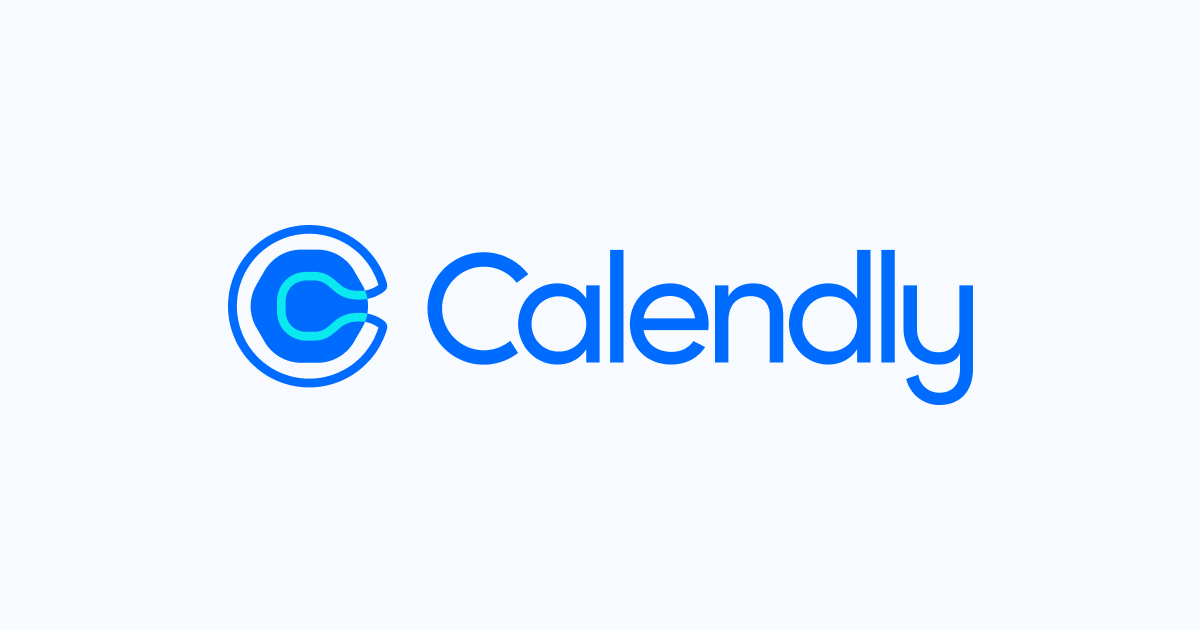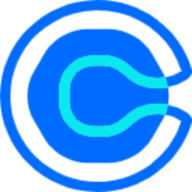You managed to drive traffic to your sales page. The clicks are coming in, but the purchases aren't. This is the universal signal that your page is failing to convert. A high-converting sales page isn't about flashy graphics or clever copy; it’s a systematic exercise in understanding and guiding your customer through a frictionless purchase path.
Let's focus on the core strategies that methodically remove friction and build the desire to buy.
1. Master the "One-Idea" Rule
Before you write a single word, you must define the single core promise of your page. What is the one transformation you are offering your customer? Every element—the headline, the copy, the images, the testimonials—must serve this one central idea.
If you're selling a time-management app for entrepreneurs, your one idea isn't "task management." It's "Reclaim 10 Hours Per Week to Focus on What Truly Grows Your Business." This clarity forces you to cut any feature or message that doesn't support this primary benefit, creating a focused and persuasive narrative.

2. Speak to the "After State" in Your Hero Section
Your visitor arrives with a problem. Your first job is to show them you understand that problem intimately and have the solution. The top of your page (the "hero" section) must immediately connect with their pain point and paint a vivid picture of the desired outcome—the "after state."
- Weak Headline (Focuses on features): "Advanced Project Management Software."
- Powerful Headline (Focuses on transformation): "Finally, a Clutter-Free Mind. Ship Your Best Work, Stress-Free."
This powerful headline immediately resonates with the visitor's frustration and invites them to learn how to achieve that calm, productive state.

3. Build Unbreakable Benefit-Driven Copy
Features tell, but benefits sell. Your potential customer doesn't buy a drill bit; they buy the hole. Structure your body copy to form an undeniable logic chain that moves from problem to solution.
For each feature, relentlessly ask "So what?" until you land on the emotional core.
- Feature: "Integrated Calendar"
- So what? "See all your deadlines in one place."
- So what? "Never miss a crucial client deliverable again."
- Emotional Benefit: "Work with confidence, knowing you're always on top of your commitments."
This approach transforms a boring list of features into a compelling argument for why your product is essential.

4. Weaponize Specific Social Proof
Vague testimonials like "Great product!" are almost useless. What builds trust is specific, quantifiable, and believable proof.
Replace generic praise with testimonials that answer a core objection.
- Instead of: "This course is amazing!"
- Use: "I implemented the pricing strategy from Module 3 and landed a client at 3x my usual rate within two weeks. This paid for the course ten times over."
This type of testimonial is credible, quantifiable, and addresses the universal fear of wasted money. Case studies, video testimonials, and trust seals are even more powerful as they dramatically boost buyer confidence.
5. Design a Frictionless Checkout Funnel
A confusing buying process kills conversion optimization. Your Call-to-Action (CTA) and checkout flow must be obsessively simple and tested (through A/B testing).
- Use Action-Oriented CTA Copy: Instead of a generic "Buy Now," use verbs that imply the positive outcome, like "Get Instant Access," "Start My Free Trial," or "Yes, I Want My Free Time Back!"
- Minimize Form Fields: Only ask for what is absolutely necessary. Every extra field is a chance for someone to abandon the process.
- Address Objections Preemptively: A strong FAQ section directly on the sales page can alleviate fears about money-back guarantees, implementation time, or technical requirements before they even reach the checkout.
Want to learn about how you can have your own automated sales engine for your B2B business? If thats something that you want to learn, then make sure to read this blog after this one:

6. Create a Sense of Value and Urgency
People are motivated by potential gain and the fear of missing out (FOMO). Your page must clearly articulate the value of your offer and, when appropriate, why they should act now.
- Value Stacking: Don't just list the product. Present it as a package. "You'll get the core course ($997 value), the premium community access ($297 value), and three bonus templates ($197 value). Total value: $1,491. Today's price: just $497." This makes the price feel like a steal.
- Urgency & Scarcity: If applicable, use honest urgency. "The price increases at the end of this public launch," or "Enrollment closes on Friday and won't reopen for 3 months." This encourages decisive action from motivated buyers.
7. Leverage the Decoy Effect with Pricing Tiers
A proven technique for increasing the perceived value of your best-selling product is to use the Decoy Effect in your pricing.

By adding a slightly worse, more expensive option (the Decoy) alongside your target option and your budget option, you make the target option appear to be the obvious "best deal," significantly increasing conversions to that tier.
Your Next Step
Improving your sales page conversion rate is not a one-time fix. It’s a process of layering these strategies and committing to A/B testing every change. A 1% increase in your conversion rate can mean a dramatic difference for your business's revenue. Choose one of these seven strategies—perhaps the one that feels most lacking on your current page—and implement it today.
You can also apply some gamification techniques in your software, using the techniques of this post:

TatbiqIT offers a comprehensive range of software services. From developing AI-powered chatbots and providing website support to designing custom web and mobile applications, we are here to bring your ideas to life.
Email: Info@tatbiqit.com



